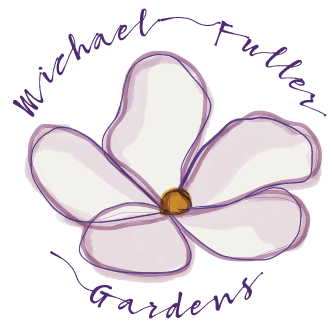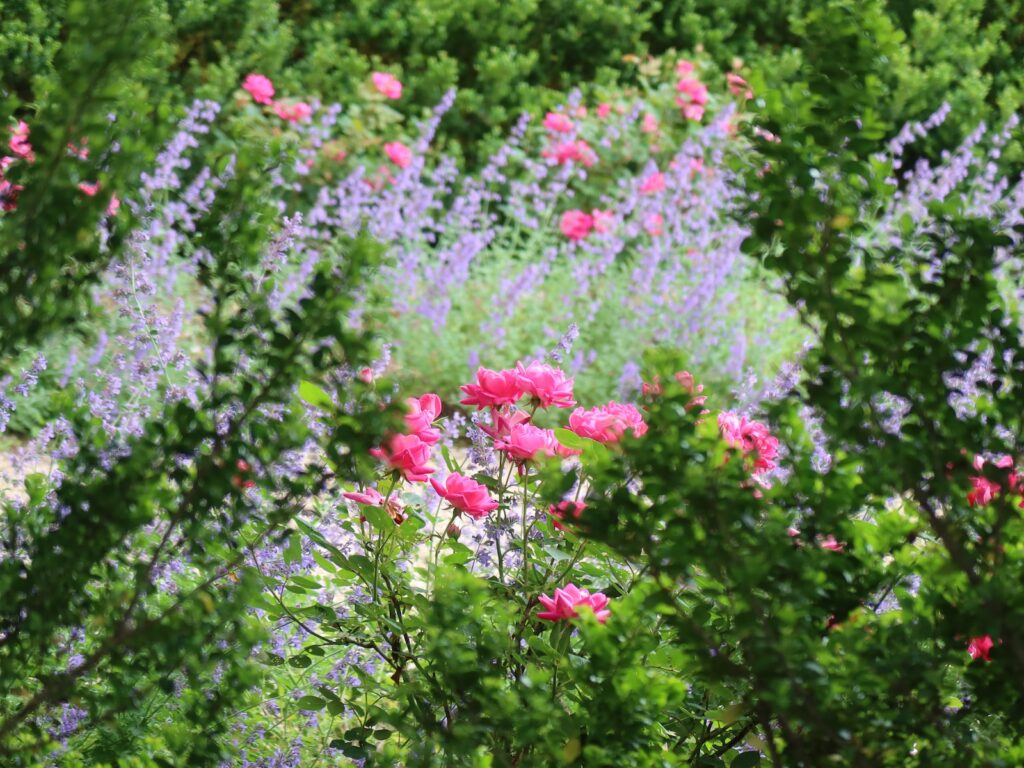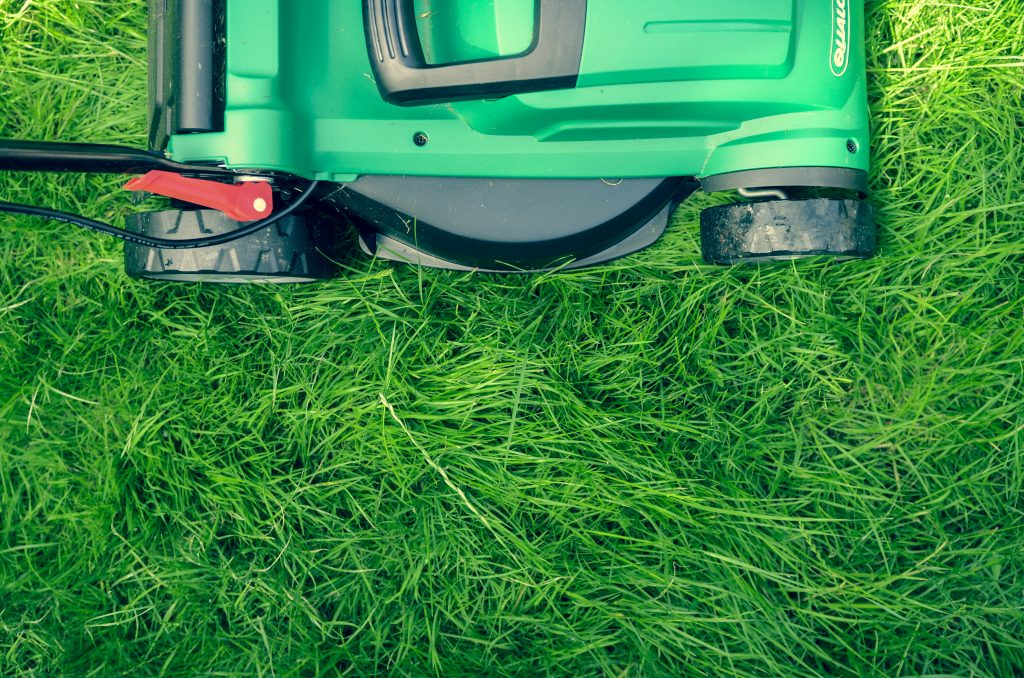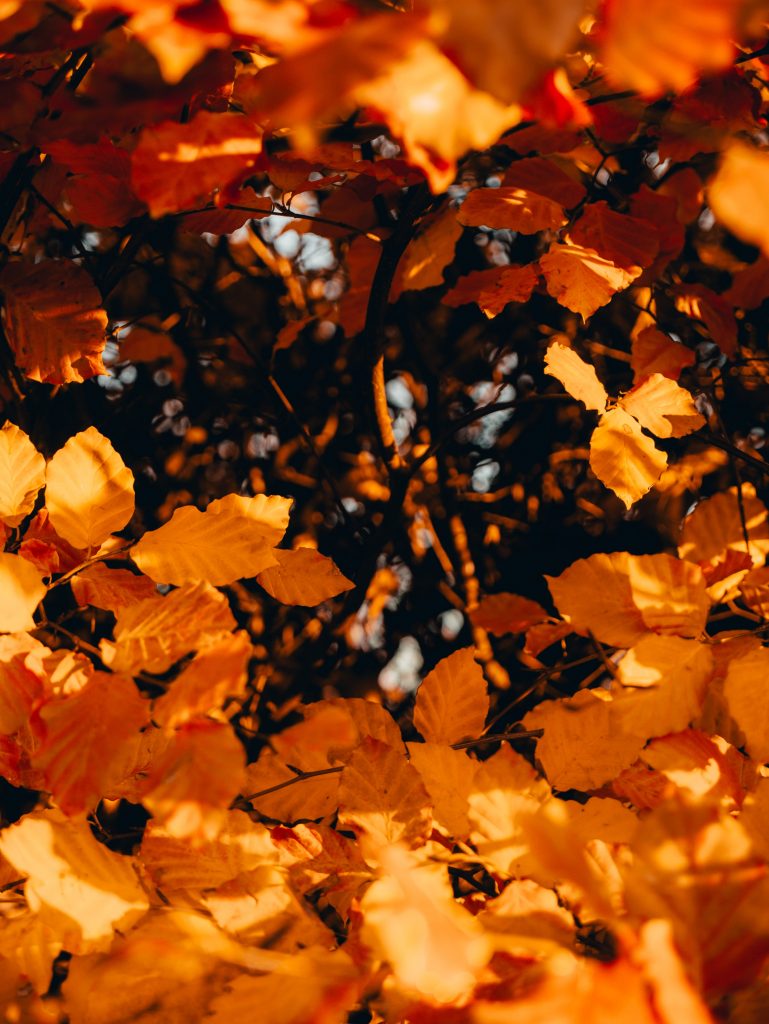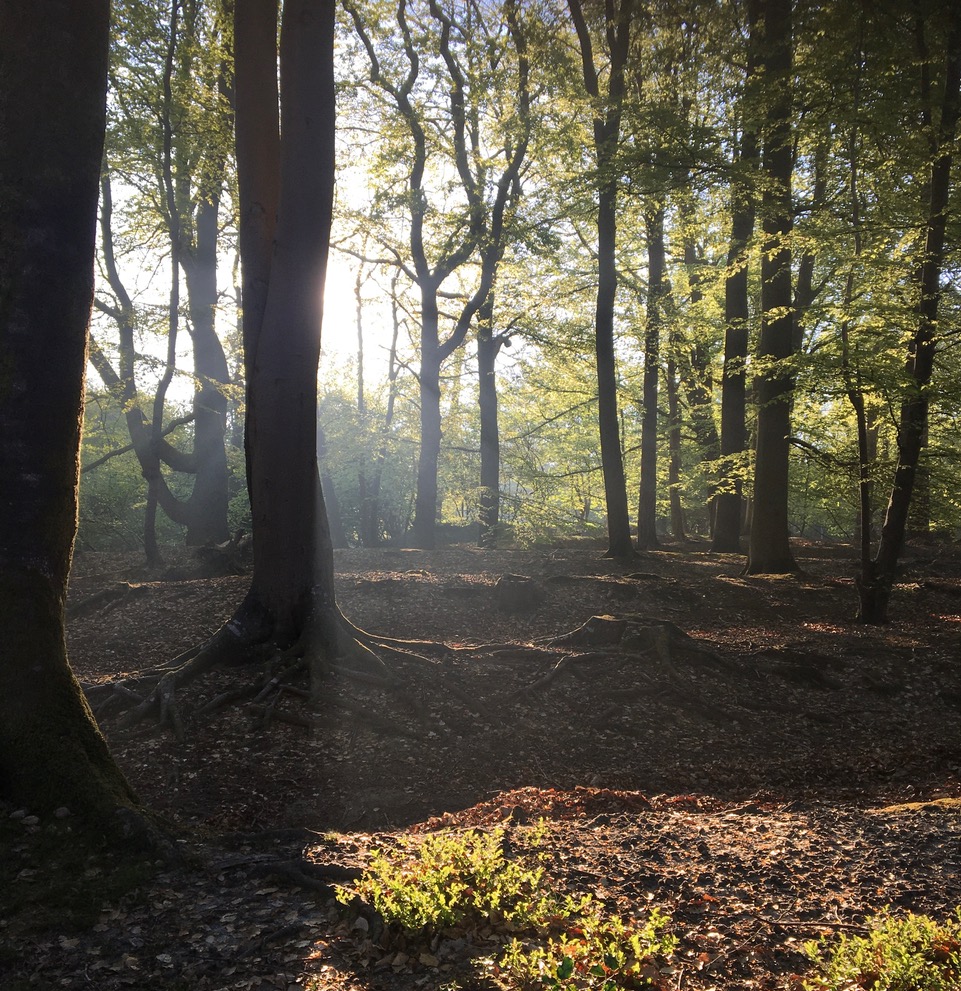Leaves: Summer’s gift, Winter’s hope.
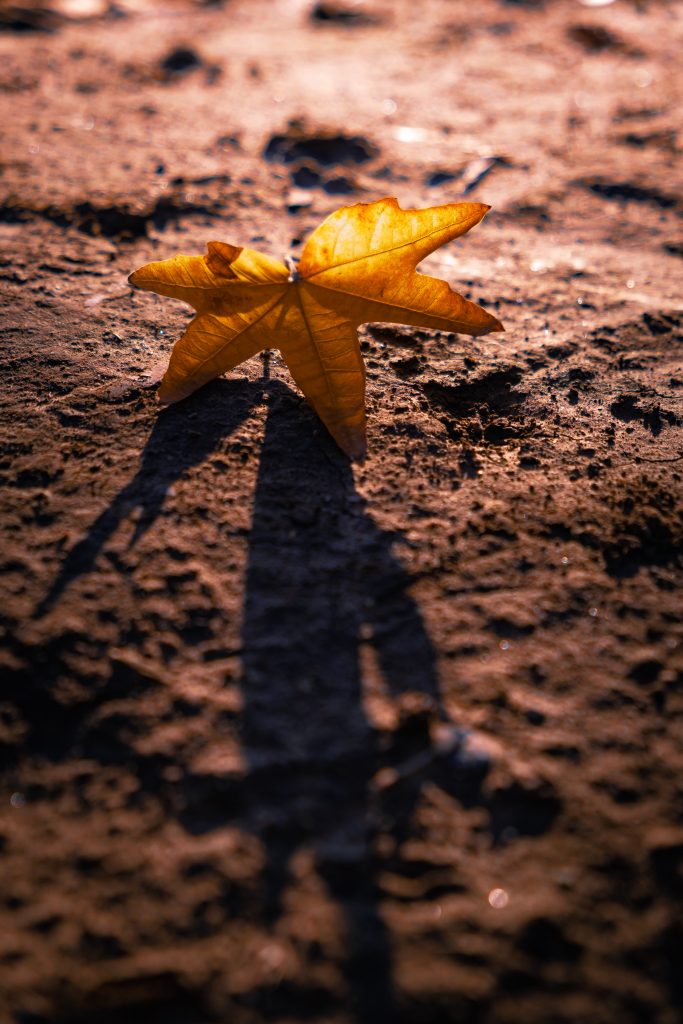
During the autumn months leading up to Christmas, one of the main gardening tasks is dealing with leaves. Most of us have appreciated the wonderful colours this year, particularly from the native trees around us – the Birch, the Beech and the Oak. If we are lucky enough to have a large tree in or near our garden we can love their beauty as well as knowing that the leaves are useful in many different ways, but they can become a problem if we don’t deal with them. Beautiful golden leaves over the lawn in November, if left until March, will become a soggy mess preventing light and air to the roots of the grass, ultimately killing it; leaves in gutters or drains are a serious problem for water management, if left alone they can cause major flooding damage; too many leaves on a flower bed will smother young plants.
This article will list some ways that gardeners can deal with these issues, but first, we should look at the leaf fall process itself. All deciduous trees and shrubs drop their leaves in autumn, the magic of this process is that the nutrients and sugars they have collected from the sunlight over the summer are allowed to return to the earth below them, feeding and mulching the roots of the trees and allowing the possibility of more growth the following year. Leaf fall begins in the northern hemisphere around the time of the autumn equinox (September 21st). Traditional land-based cultures speak of the equinox is a time for us to start contemplating the gifts we have received in our lives during the summer, leading to a digesting and processing of these experiences over the autumn and winter, with new hopeful resolves growing from this in the new year. The autumn glory of leaves is an outer expression of this magical process – a gentle giving back; the colours and the joy they bring are reminders of this. Maybe we can connect the two experiences together – our inner journey of harvesting, processing and giving back with hope reflected in outer nature? The realisation that we are both doing the same thing may help us feel more connected to the autumn months and the admittedly arduous work involved in leaf raking, clearing and processing.
Unless they are choking plants due to the volume of them, leaves that fall in flower beds, under hedges or in woodland areas of the garden can be left completely alone. They don’t need to be collected or cleared: as they will do the wonderful job they were designed for: feeding the soil. Additionally, fallen leaves provide a wonderful safe habitat for many small insects and micro-organisms, so a rule of thumb would be to leave leaves everywhere (even on lawns and beds) and don’t be too tidy!
If we have only a small amount of leaves it is perfectly possible and indeed helpful to put them in the compost bin or heap. The dry, crisp essence can be really helpful in balancing the other elements in a compost heap – moist grass, weeds and vegetable waste. As always it is a balance: too many leaves and/or not mixed well enough with the other ingredients will create a matted pocket of leaves that cannot easily be used in the garden. For those with too many leaves for the compost heap, a special container or area just for leaves will need to be created. Leaves take a lot longer to rot down than compost (generally two years) so enough containers will be required to accommodate both years of leaves. There are a number of simple leaf containers that can be self-made: four wooden stakes in the form of a square say of about 3ft x3ft with chicken wire attached to them is a very adequate and sensible system, as are recycled wooden pallets with the same dimensions. In a large garden a simple pile may be adequate, (although these will tend to be a little untidy due to leaves blowing away). A fourth solution is putting the leaves in bags – either plastic bin bags or special hessian sacks, the advantage of this system is that the process seems to go faster: leaves may well be rotted enough to use after only a year, additionally, they can be stored wherever is most convenient in your garden. Once fully rotted the mineral-rich leaf mould can be added to soil in the vegetable patch or flowerbed as well as to potting mixes for seeds and young plants (sieving may be required).
Rudolf Steiner (who founded Biodynamic farming) wrote 52 verses to accompany the cycle of the seasons of the year (in the ‘Soul Calendar’), where we are offered a chance to connect our inner soul mood with outer nature in the way described above. The verse for the beginning of November conveys the mood of this time of harvest and processing, perhaps another way to imaginatively and artistically connect to this moment:
There thrive within the sunlight of my soul
The ripened fruits of thinking;
The flow of feeling is transformed
To self-awareness’ certainty.
I can perceive now joyfully
The autumn’s spirit-waking:
The winter will arouse in me
The summer of the soul.

